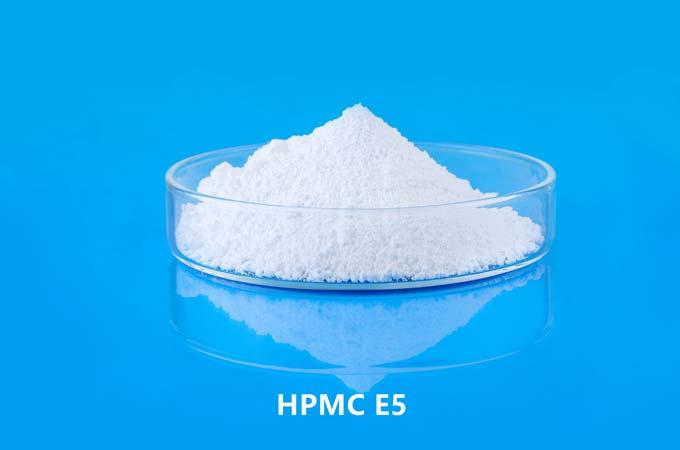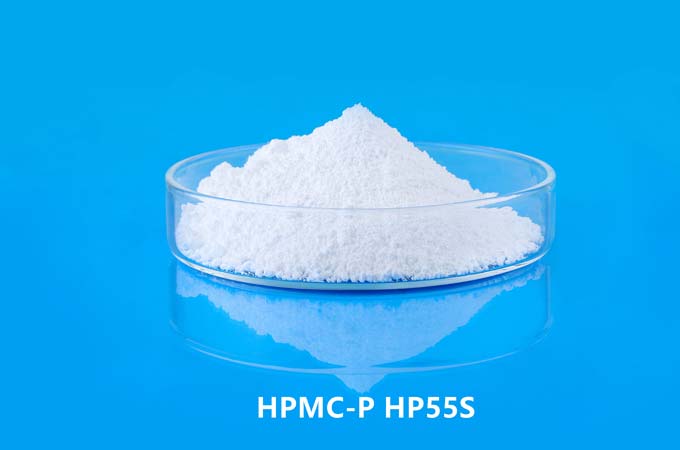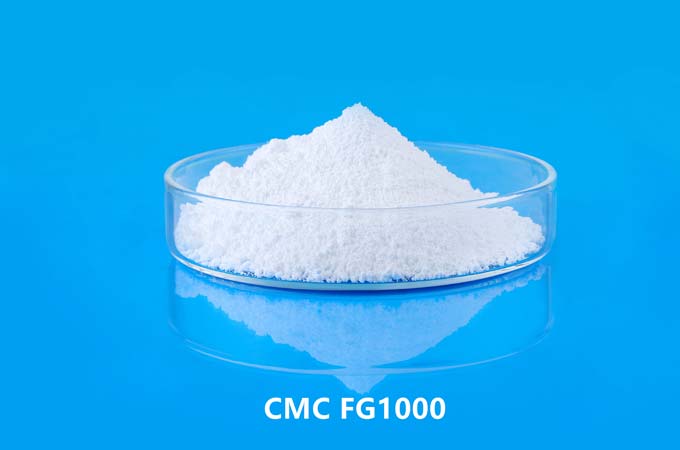Ethylcellulose is a widely used polymer that belongs to the cellulose ether family. It is derived from cellulose, a natural polymer found in plant cell walls. Ethylcellulose is synthesized by reacting cellulose with ethyl chloride, resulting in a partially or fully ethylated product. This modification gives the polymer specific properties, making it useful in a variety of industrial applications. However, when it comes to the biodegradability of ethyl cellulose, the answer is not simple as it depends on several factors.
The structure of ethylcellulose
Before delving into the biodegradability of ethyl cellulose, it is necessary to understand its structure. Ethylcellulose is characterized by long chains of glucose units, similar to cellulose. The ethyl groups attached to the cellulose backbone change its physical and chemical properties, making it more hydrophobic and less susceptible to enzymatic degradation than native cellulose.
Biodegradability factors
1. Molecular weight:
The molecular weight of ethylcellulose plays a crucial role in its biodegradability. Generally speaking, high molecular weight polymers take longer to degrade. Ethylcellulose has a wide range of molecular weights depending on its production process, and this variability can affect its environmental fate.
2. Degree of ethylation:
The degree of ethylation of cellulose determines the solubility and biodegradability of ethylcellulose. A higher degree of ethylation results in increased hydrophobicity, making the polymer less susceptible to water-based degradation processes. This hydrophobicity can hinder microbial attack and slow down biodegradation.
3. Environmental conditions:
Biodegradation is affected by environmental factors such as temperature, humidity and the presence of microorganisms. Due to its hydrophobic nature, ethylcellulose is generally more resistant to microbial attack in dry environments. However, under humid conditions microbial activity may increase, which may accelerate the degradation process.
4. Microbial activity:
Microbial communities in a specific environment play an important role in the biodegradation of polymers. Cellulose-degrading microorganisms, such as bacteria and fungi, produce enzymes such as cellulases that break down the cellulose backbone. The susceptibility of ethylcellulose to microbial degradation depends on the availability of these cellulolytic microorganisms.
Environmental fate
The environmental fate of ethylcellulose depends on the specific conditions of the disposal environment. Under landfill conditions, where oxygen and microbial activity may be limited, ethylcellulose may persist for an extended period of time. The hydrophobic nature of ethylcellulose also helps it resist microbial attack in aquatic environments.
Application and use
Ethylcellulose is used in a variety of industries, including pharmaceuticals, coatings, adhesives and food. Its nontoxicity and ability to form films and coatings with desired properties make it a first choice for certain applications. However, its resistance to biodegradation may cause concern, particularly in applications where environmental impact is an important consideration.
Alternatives and sustainable practices
To address the environmental challenges associated with traditional polymers, including ethylcellulose, there is growing interest in developing biodegradable alternatives. Researchers are exploring innovative materials derived from renewable resources or designing polymers with enhanced biodegradability without compromising performance.
The biodegradability of ethylcellulose is affected by many factors, including its molecular weight, degree of ethylation, environmental conditions and microbial activity. Although ethylcellulose is generally considered less biodegradable than natural cellulose due to its hydrophobicity, its environmental fate is complex and dependent on the environment. The persistence of ethylcellulose in some environments raises environmental concerns, emphasizing the need for sustainable practices in polymer science and the development of biodegradable alternatives.
 English
English 日本語
日本語 français
français Deutsch
Deutsch Español
Español italiano
italiano русский
русский português
português العربية
العربية Türkçe
Türkçe Nederland
Nederland



